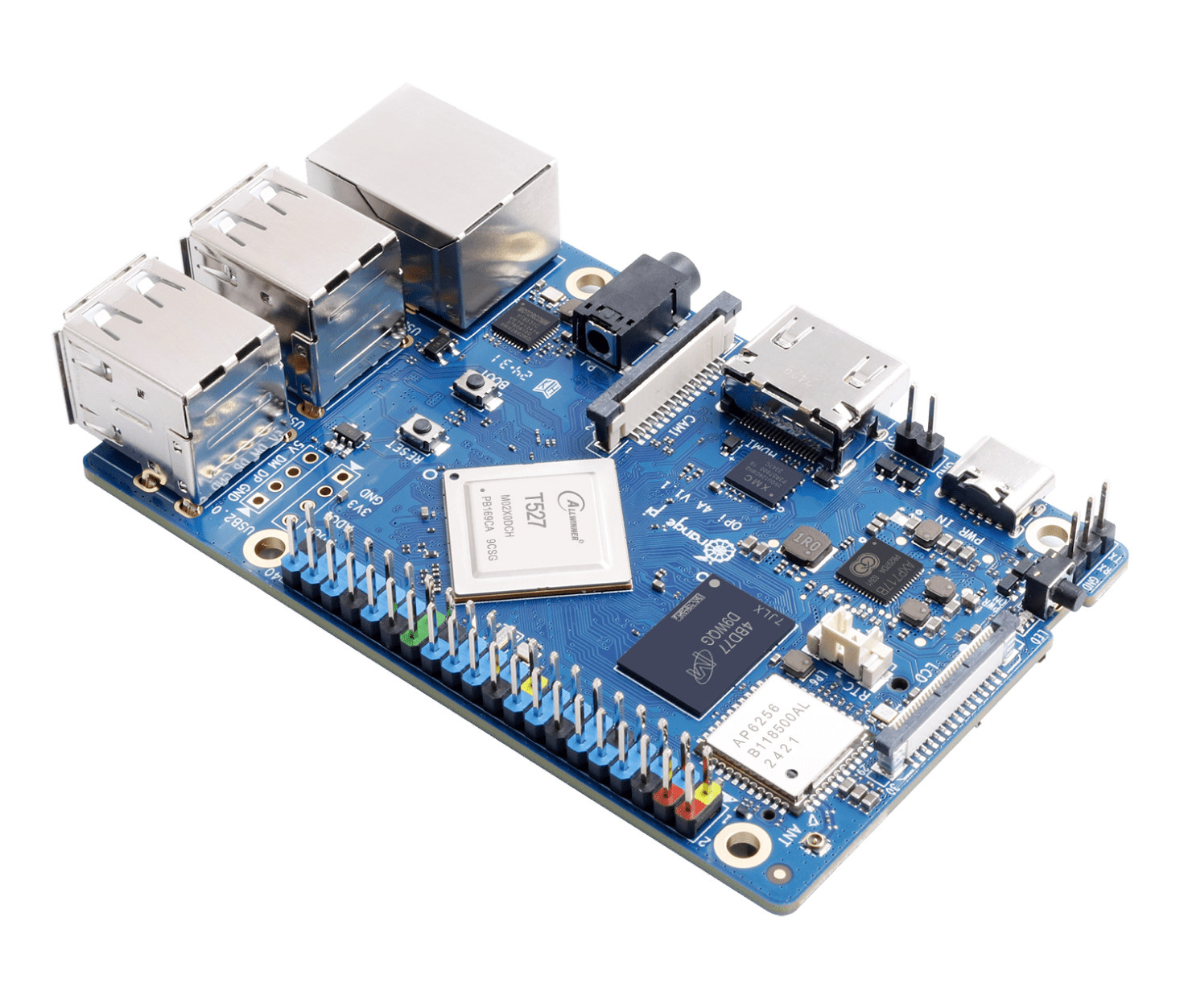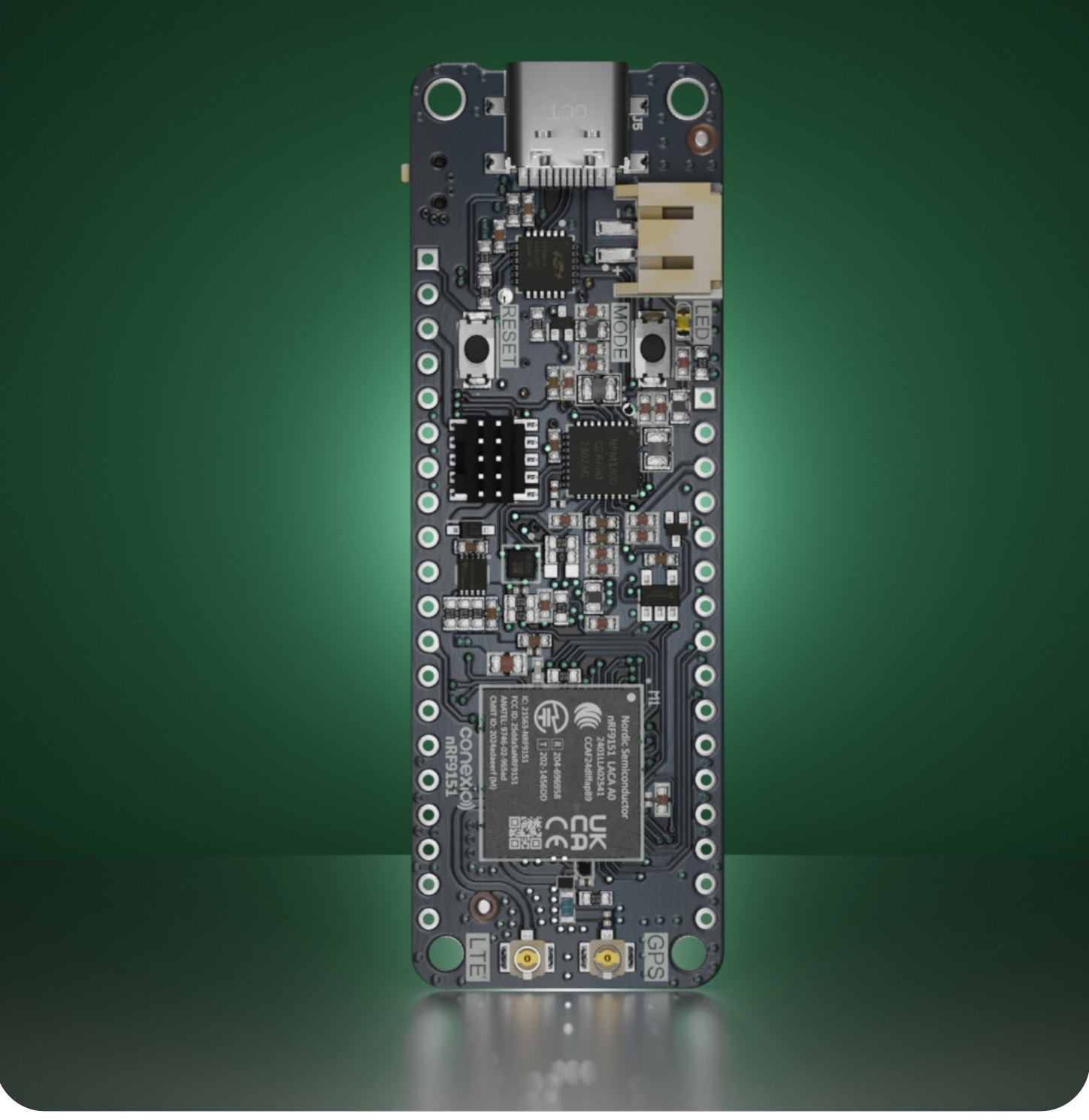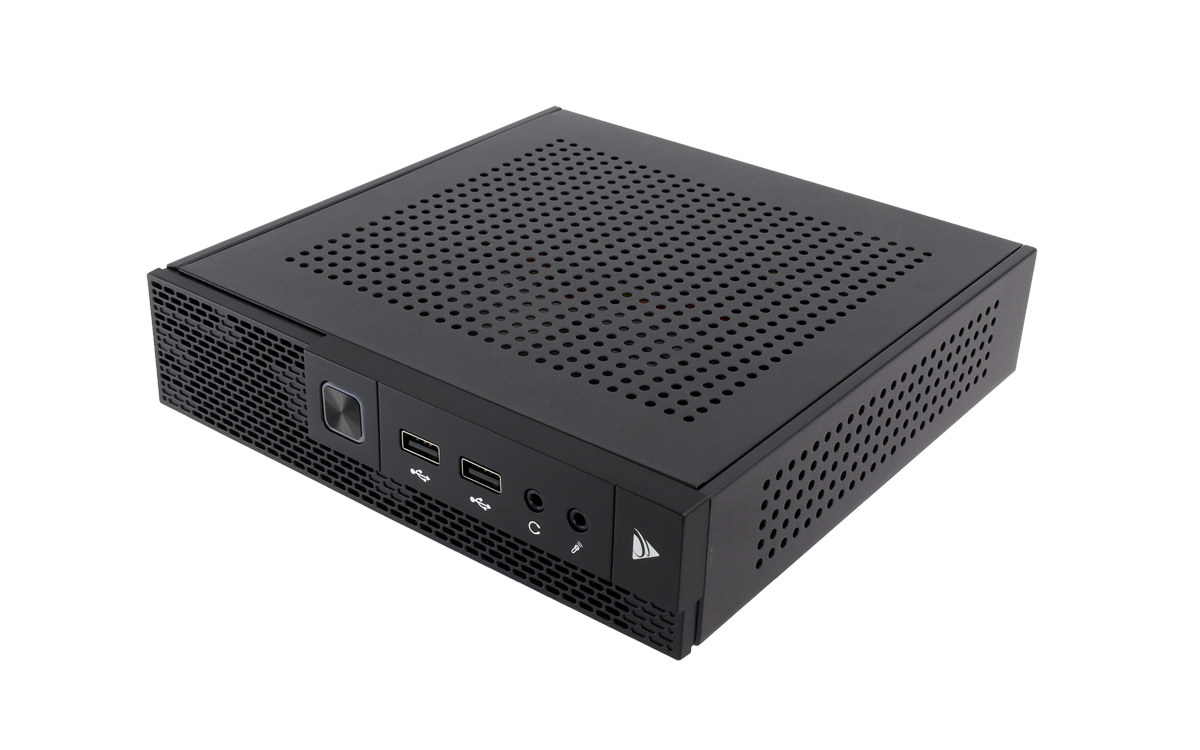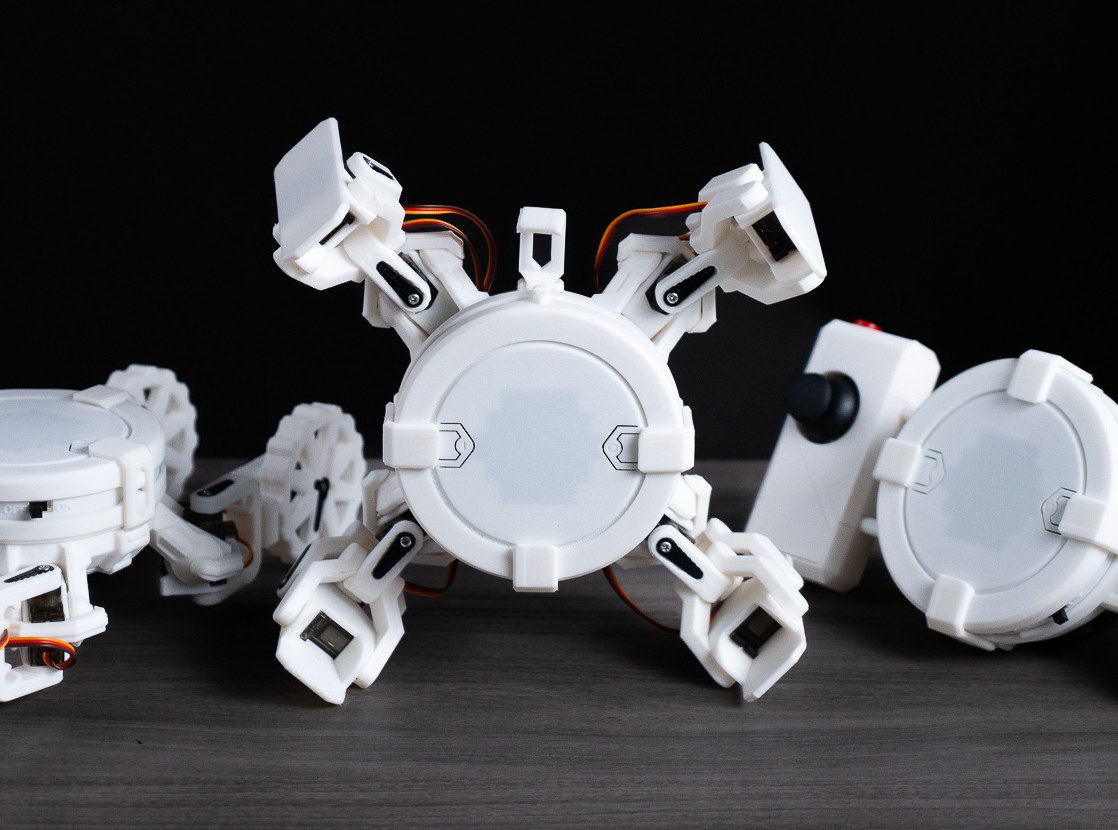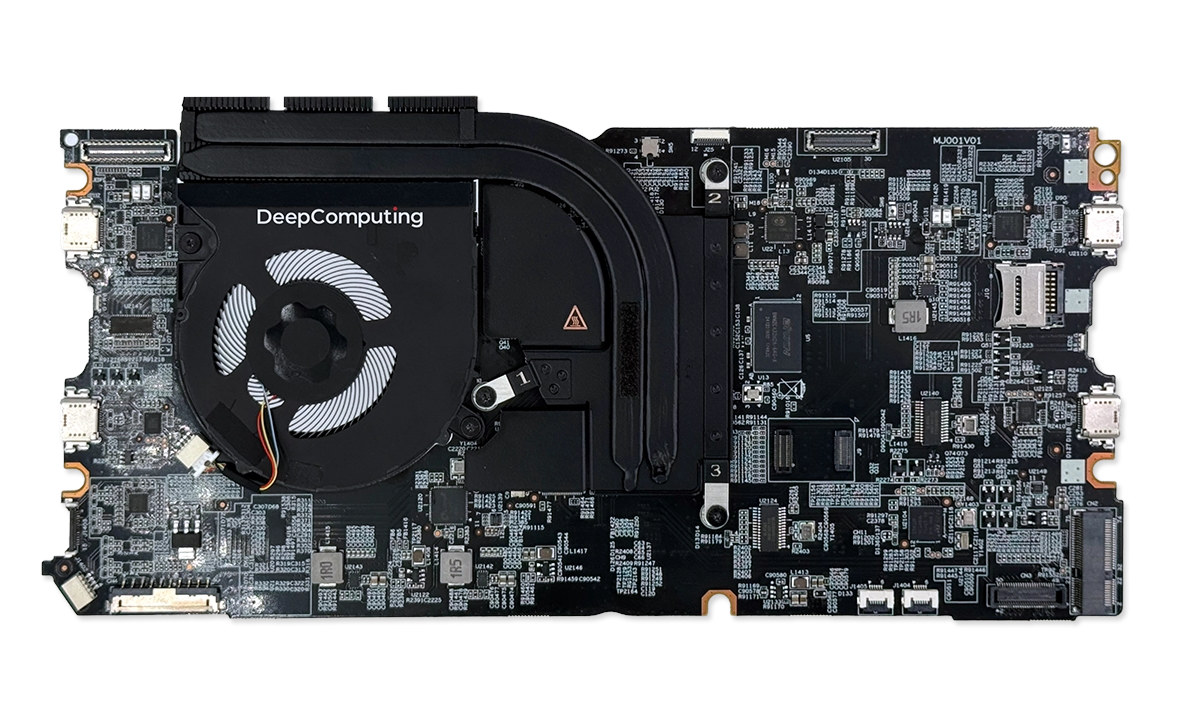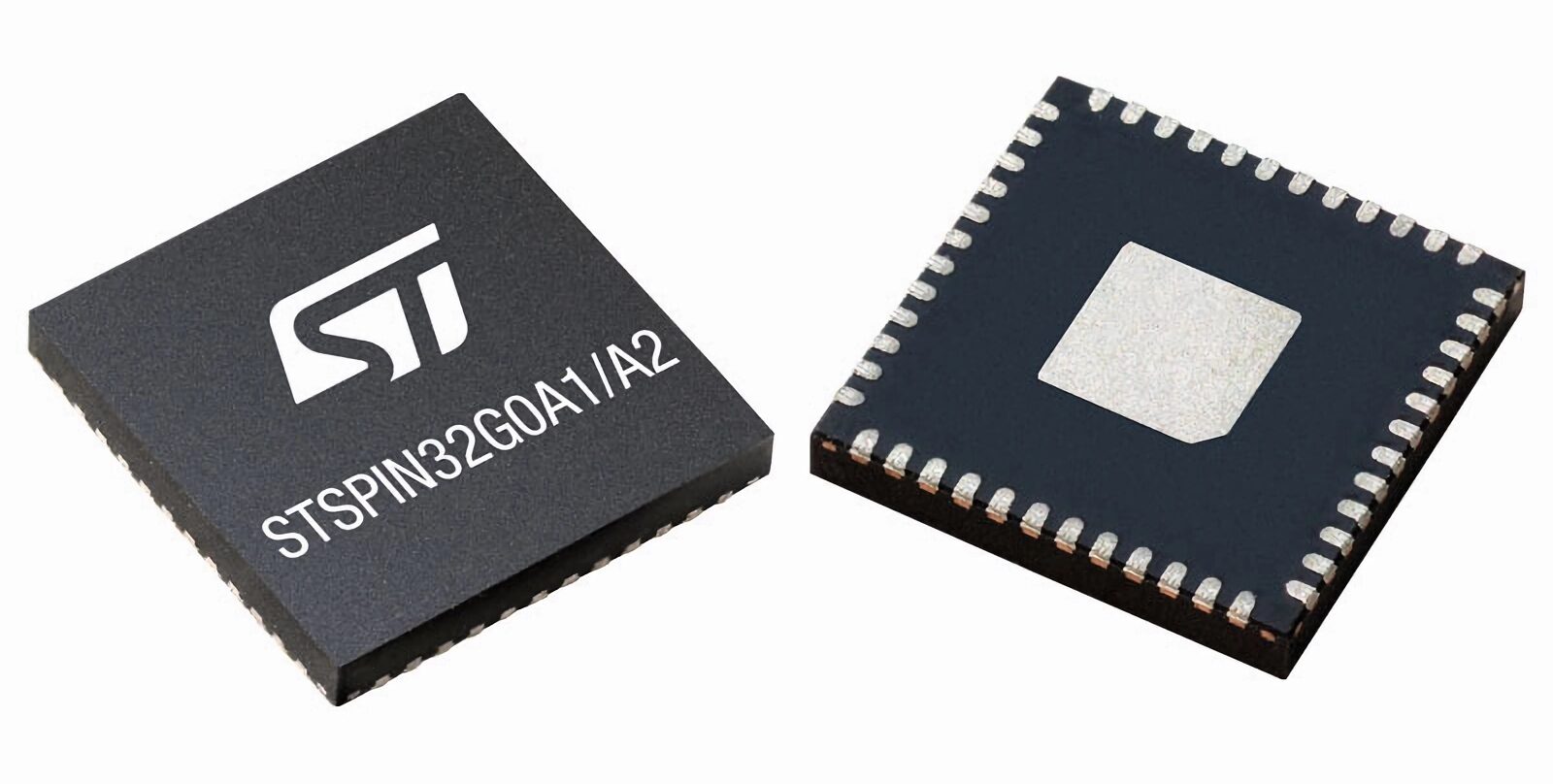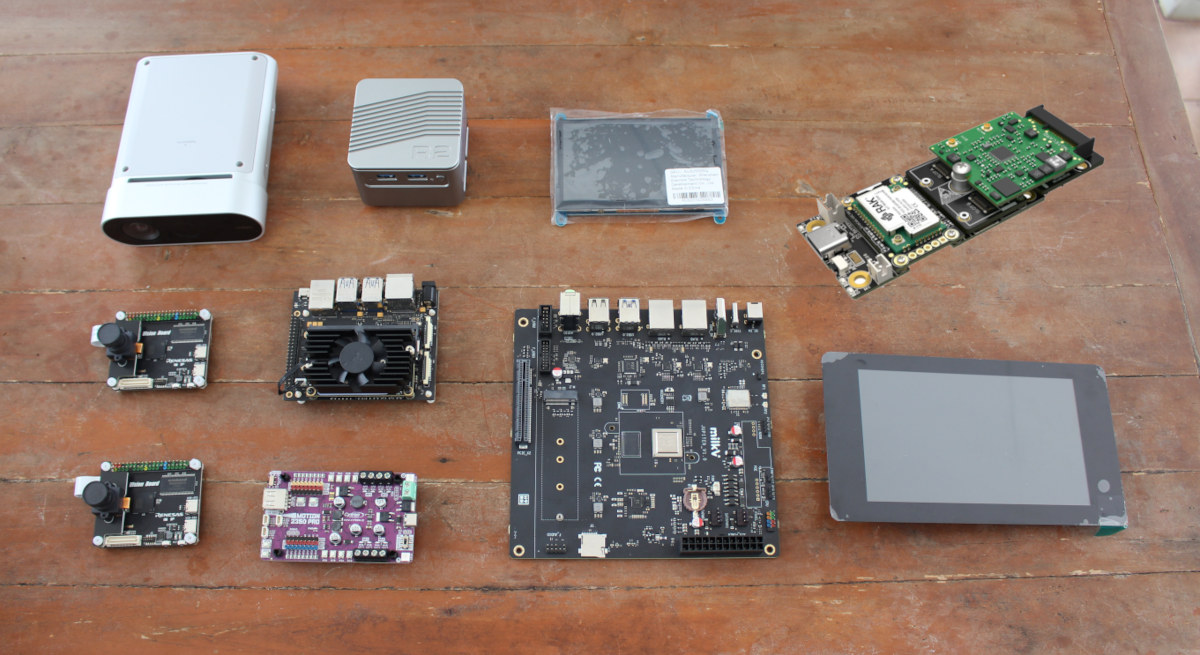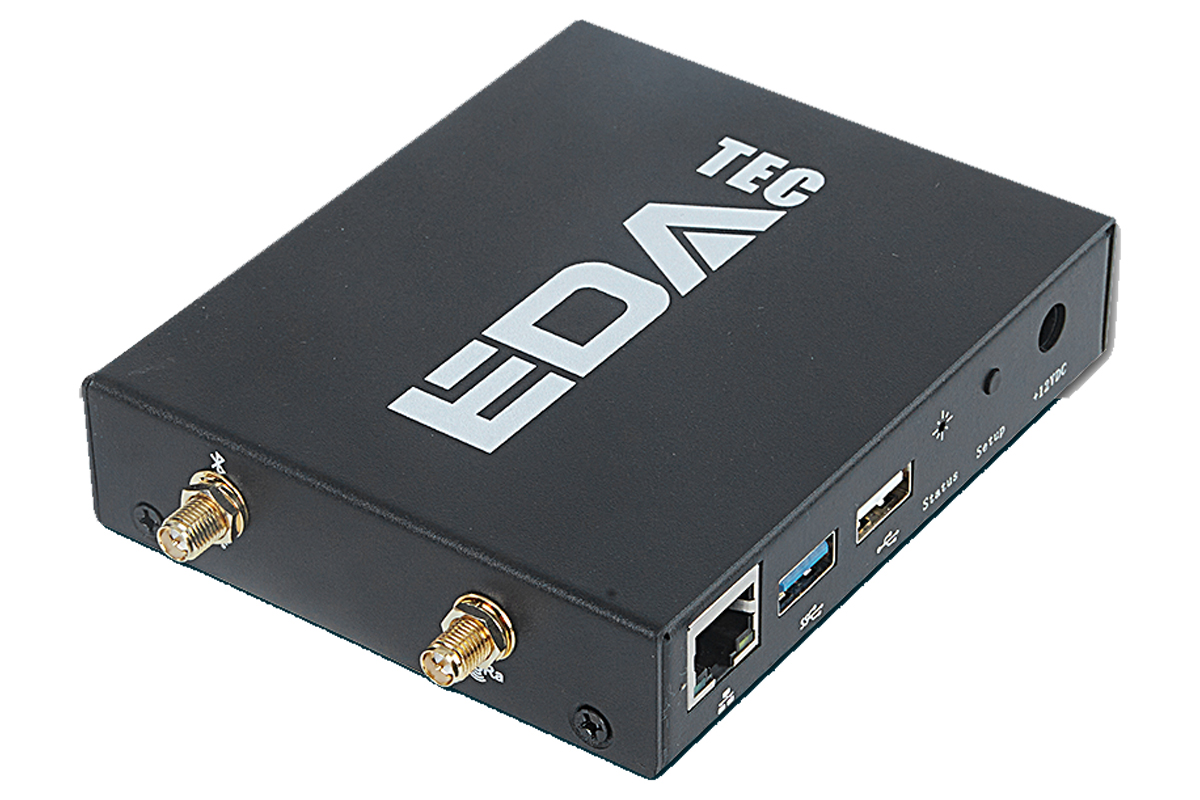Orange Pi 4A is a new low-cost credit card-size single board computer (SBC) powered by an Allwinner T527 octa-core Cortex-A55 processor with a 2TOP NPU and offered with either 2GB or 4GB RAM. The board also comes with multiple storage options: a 128 or 256Mbit SPI NOR flash for the bootloader, an eMMC socket for up to 128GB modules, an M.2 socket for NVMe SSDs, and a microSD card slot. It’s also equipped with four USB 2.0 ports, a gigabit Ethernet port, three display interfaces (HDMI, MIPI DSI, eDP), two camera interfaces, and a 40-pin “Raspberry Pi” header. The Orange Pi 4A is somewhat equivalent to an octa-core Raspberry Pi 3/4 with some extra features. Orange Pi 4A specifications: SoC – Allwinner T527 CPU Octa-core Arm Cortex-A55 @ up to 1.8GHz (four cores) and up to 1.42 GHz (four cores) XuanTie E906 RISC-V core @ 200MHz GPU – Arm Mali-G57 […]
Conexio Stratus Pro nRF9151 low-power IoT development kit supports LTE-M/NB-IoT, DECT NR+, GPS, and more
Conexio Stratus Pro nRF9151 is an IoT development kit based on Nordic Semi nRF9151 system-in-package (SiP) with LTE-M/NB-IoT, DECT NR+, and GNSS connectivity designed for battery-powered cellular-connected products such as asset trackers, environmental monitors, smart meters, and industrial automation devices. It’s offered with the “Stratus Pro Expansion Dock” allowing users to add WiFi 6 through an nRF7002 expansion board and various other modules via Grove, Qwiic, MikroBus, and Seeed Studio’s XIAO connectors or sockets. It’s an update to the original Conexio Stratus Pro based on nRF9161 introduced last June with a very similar feature set. Let’s have a deeper look to find out any potential differences between the two versions of the devkit. Conexio Stratus Pro nRF9151 specifications (with changes highlighted in bold or strikethrough): System-in-package – Nordic Semi nRF9151 SiP MCU – Arm Cortex-M33 clocked at 64 MHz with 1 MB Flash pre-programmed MCUBoot bootloader, 256 KB RAM Modem […]
BIOSTAR MT-N97 fanless Intel N97 industrial mini PC supports 9V-24V DC input, features RS232/RS485 COM port
BIOSTAR MT-N97 is a fanless not-so-mini PC powered by an Intel Processor N97 quad-core Alder Lake-N CPU and designed for industrial applications with features such as a wide DC input (9V to 24V), an optional RS232/RS422/RS485 COM port, as well as dual GbE, and support for M.2 wireless and 4G/5G cellular modules. The mini PC supports up to 16GB DDR4 SO-DIMM memory, M.2 NVMe SSD and SATA storage, and triple display setups through two HDMI interfaces and a USB-C port. It also comes with Line-out and earphones audio jacks, and a total of seven USB ports including one with 100W USB PD support. BIOSTAR MT-N97 specifications: SoC – Intel Processor N97 quad-core Alder Lake N-series processor up to 3.6 GHz with 6MB cache, 24EU Intel UHD Graphics Gen 12 @ 1.2 GHz; TDP: 12W System Memory – Up to 16GB DDR4-3200 SO-DIMM memory (Note: Some companies have tested SO-DIMM modules […]
CYOBot v2 ESP32-S3-based open-source modular robotics platform supports up to 16 servos (Crowdfunding)
Create Your Own Bot (CYOBot) v2 is an open-source, modular robotics platform for students, educators, hobbyists, and future engineers based on the ESP32-S3 microcontroller and featuring up to 16 servo motors for complex control. The CYOBot v2 is a follow-up to the previous quadrupedal robotic platform from the same company. It adds new features such as a modular design, an upgrade to the ESP32-S3 chip, more motor channels, and an expansion block with more peripherals. It also supports integrating AI systems, such as ChatGPT, for added functionality. The CYOBot supports up to three configurations via the CYOBrain — which powers the robotics platform and controls the servo motors — and separate 3D-printed components. The CYOBot Crawler is a four-legged robot powered by eight 180-degree servo motors. The CYOBot Wheeler form factor features four 360-degree motors linked to wheels at the end of each leg and is essentially a hybrid between […]
DC-ROMA RISC-V Mainboard is designed for the Framework Laptop 13 modular laptop
DeepComputing’s DC-ROMA RISC-V Mainboard is designed for the modular Framework Laptop 13 and powered by a StarFive JH7110 quad-core RISC-V processor running either Ubuntu 24.04 Desktop or Fedora 41 Linux distribution. The Framework Laptop 13 was initially offered with Intel Core i5-1135G7, Core i7-1165G7, or Core i7-1185G7 processor, but the advantage of a modular laptop is that you can replace components, and that’s exactly what the “DC-ROMA RISC-V Mainboard” does by allowing users/developers to do by switching to a less powerful RISC-V processor for software development. Framework Laptop 13 specifications with DC-ROMA RISC-V Mainboard: SoC – StarFive JH7110 CPU Quad-core 64-bit RISC-V SiFive U74 (RV64GC) processor @ up to 1.5 GHz with 32KB D-Cache, 32KB I-cache Single-core 64-bit RISC-V SiFive S7 (RV64IMAC) monitor core with 16KB I-cache, 8KB DTIM Single-core 32-bit RISC-V SiFive E24 (RV32IMFC) real-time control core with 16KB I-cache Up to 2MB L2 cache GPU – Imagination BXE-4-32 […]
STMicro STSPIN32G0 3-phase motor controllers support up to 24V for portable appliances, up to 600V for industrial automation
STMicro STSPIN32G0 is a new series of advanced 3-phase motor controllers with variable voltage ranging from 45V to 600V that extend STMicro’s portfolio of devices with an integrated MCU and motor driver. The new series combines a triple-half bridge gate driver with the Arm Cortex-M0+-based STM32G0 microcontroller and is capable of handling six-step and field-oriented control (FOC) algorithms. The integrated design of the STSPIN32G0 series offers cost-savings and “significant BOM area reduction without compromising performance and robustness.” There are two main versions of the STSPIN32G0 series, low-voltage and high-voltage. The low-voltage 3-phase motor controllers include a voltage regulator, one or three shunts, and a gate driver rated at 45V and up to 0.6A. They are mainly targeted at home appliances, power tools, and drones. The high-voltage versions can handle either 250V or 600V, making them suitable for industrial inverters and fans. They are targeted at home appliances, air conditioners, home […]
Giveaway Week 2024 winners announced!
We’re now ready to announce the winners of CNX Software’s Giveaway Week 2024. We offered some of the review samples we tested (and some we did not test) in the last year, and for the fourth year running, RAKwireless also gave away two IoT development kits shipped directly to winners. This year’s prizes also included a RISC-V motherboard, a 3D depth camera, a few Arm development boards, two touchscreen displays, and an Alder Lake-N mini PC/router. All those products can be seen in the photo, minus some accessories. You’ll find more than seven devices because we organized the third Giveaway Week on CNX Software Thailand simultaneously with four prizes. We had seven winners on CNX Software: Jupiter RISC-V mini-ITX motherboard – François-Denis, Canada Orbbec Femto mega 3D depth and 4K RGB camera – Reifu, Japan RAKwireless Blues.ONE LoRaWAN, LTE-M, and NB-IoT devkit – OldCrow, Portugal Mixtile Core 3588E development kit […]
EDATEC ED-GWL1010: Amlogic S905X4-based PoE-enabled LoRaWAN gateway targets Smart Buildings and IoT applications
The AMLogic S905X4 SoC is typically found in TV boxes, but EDATEC has integrated the quad-core Cortex-A55 SoC into its ED-GWL1010 LoRaWAN IoT gateway designed for smart buildings and industrial IoT networks requiring long-range, low-power connectivity. The ED-GWL1010 is built around the ED-REIMEI1 single-board computer, combining a mainboard and an expansion board. It integrates Semtech’s latest SX1302/SX103 baseband chip and a Microchip ATECC608 security chip for enhanced protection. The gateway offers up to 8GB LPDDR4 and 32GB of eMMC storage. For connectivity, it supports dual-band WiFi, Bluetooth 5.0, 10/100Mbps Ethernet with PoE, and a mini PCIe slot for a LoRa module compatible with both American and European LoRa frequencies (US915, AU915, AS923, EU868). It also features USB 3.0, an RGB LED indicator, a user button, and flexible power options through a 7-18V DC input or PoE. The ED-GWL1010 operates reliably in temperatures ranging from -25°C to 50°C and is housed […]


